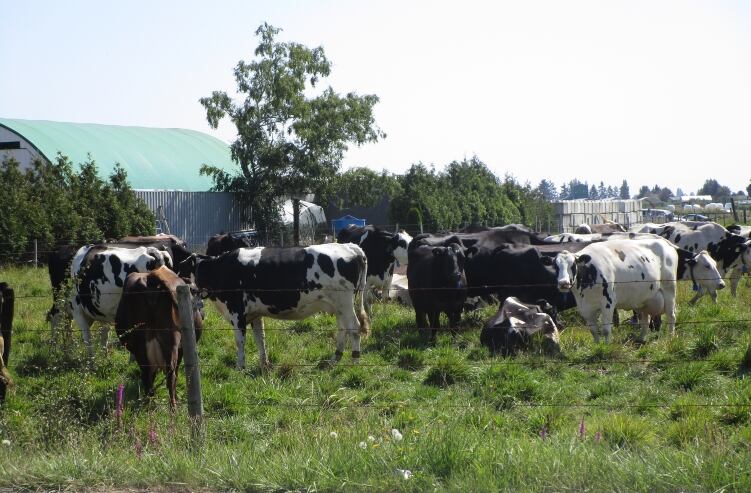The most significant increases are predicted for dairy and restaurants at 6% to 8%, and bakery and vegetables at 5% to 7%.
"It's important for consumers to understand that food prices have been going up for some time, and there's no turning back," said Dr Sylvain Charlebois, project lead and director of the Agri-Food Analytics Lab at Dalhousie University in Halifax, Nova Scotia.
"Our relationship with food is changing, and so will our food budgets. Showing up at the grocery store knowing what you should be paying will help."
This year's report predicts a family of four, including a man (age 31-50), woman (age 31-50), boy (age 14-18), and girl (age 9-13) will pay up to C$14,767.36 (US$11,580.52) for food, an increase of up to C$966.08 (US$757.60) from the total annual cost in 2021.
Food price increases in Alberta, British Columbia, Newfoundland and Labrador, Ontario, and Saskatchewan will likely be higher than the national average in 2022, while price increases in the remaining provinces will be lower.
"Most Canadians could eat more vegetables," said Dr Kelleen Wiseman, UBC campus lead.
"The forecasted increase in this healthy food category is worrying from a public health perspective because consumers might be tempted to further reduce their consumption of fresh and mainstream vegetables. However, options are available in selecting alternative vegetables or frozen vegetables — which can provide high nutritional value at a lower price point."
Canada's Food Price Report 2022 focuses on Covid-19-related disruptions to the food supply chain, climate change and adverse weather effects, labor force challenges, high inflation, and food transportation challenges.
"Supply chain disruptions and labour market challenges will persist in 2022," said Alyssa Gerhardt, a PhD student in the Department of Sociology and Social Anthropology at Dalhousie who worked on the project.
"Covid-19 is still here. The food supply chain will continue to grapple with the cost of sanitation and PPE, high transportation costs and reduced maritime transport capacity, as well as decreased efficiency and disruptions due to closures."
Despite these challenges, consumers' food choices continue to be motivated by health and environmental sustainability and a commitment to supporting local food supply chains, and overall food literacy appears to be improving.
"Canada is a leader in the production of safe, sustainable foods," said Dr Stuart Smyth, University of Saskatchewan campus lead.
"Buying products that are made in Canada is a good way to support sustainable, ethical, and healthy choices."
Canada's Food Price Report is an annual cross-country collaboration, jointly released by research partners Dalhousie University and the University of Guelph, as well as the University of Saskatchewan and the University of British Columbia. The research team uses historical data sources, machine learning algorithms, and predictive analytics tools developed over many years to make predictions about food prices in Canada.


